Reflective Paint: 12 Frequently Asked Questions
What heat reflective paint refers to, and how does it function? Often named as thermal reflective paint, hear reflective paint is a kind of coating
Return reflection is an optical phenomenon. When exposed to light lens like objects, reflective powder pigment uses the second half special surface of high refractive index glass beads as a reflector to the light source.
The return reflection creates reflection brightness that will enable the driver and the night-time operation personnel with the light source at night or in case of poor vision clearly see the pedestrian and the barrier goal, ensuring both security.
The reflective powder pigment is used for road signs, traffic safety goods and reflective paint, coating, fabric, leather, film, clothing, road traffic and so on. Reflective powder can be added to the ink, made reflective ink, screen printing or brushed to fabric or other items.
Home > Powdered Pigments > Color Shift Pigment Powders > Reflective Powders
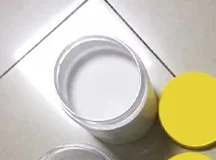
re-01
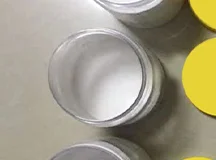
re-02
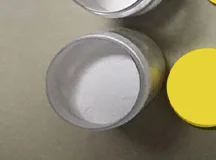
re-03
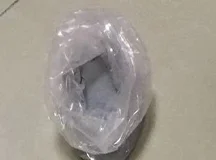
rg-01
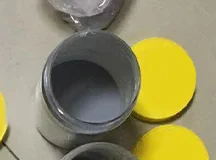
rg-02
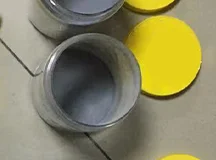
rg-03
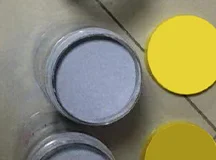
rg-04
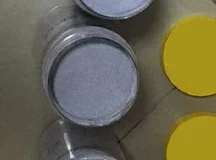
rg-05
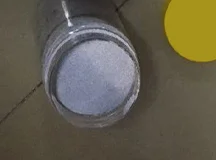
rg-06
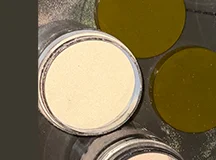
re-01
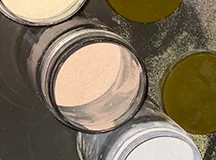
re-02
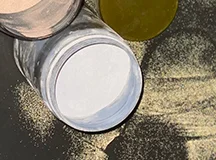
re-03
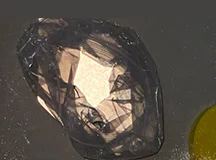
rg-01
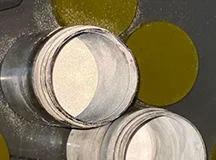
rg-02
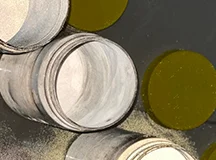
rg-03
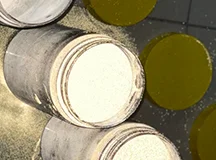
rg-04
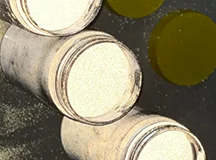
rg-05
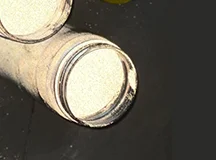
rg-06
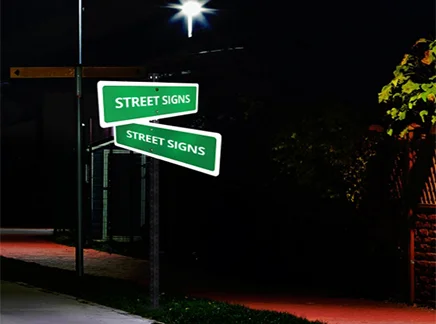
Road Signs and Markings
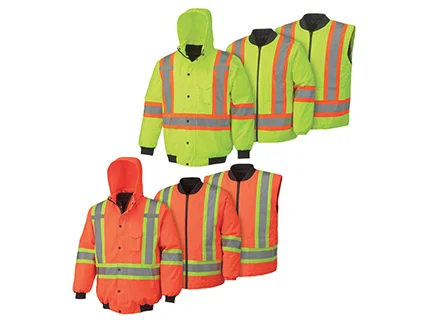
Safety Gear and Apparel
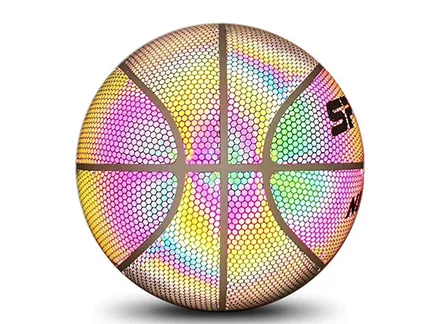
Outdoor Sports Equipment
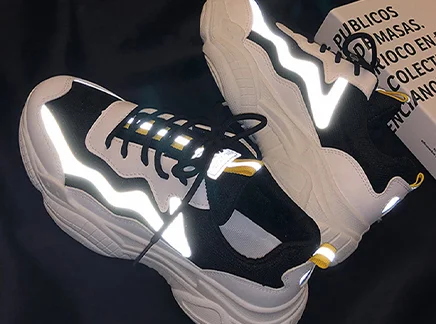
Footwear
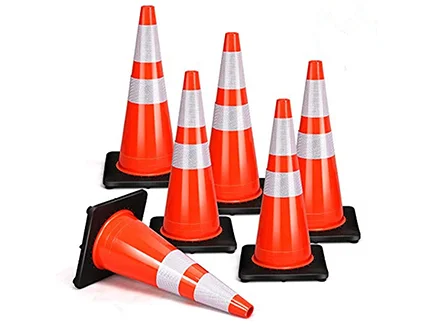
Traffic Cones and Barricades
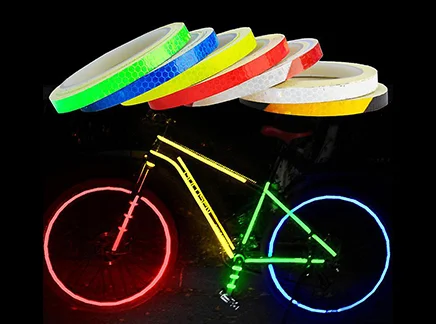
Reflective Tapes and Decals

Marine and Boating Applications
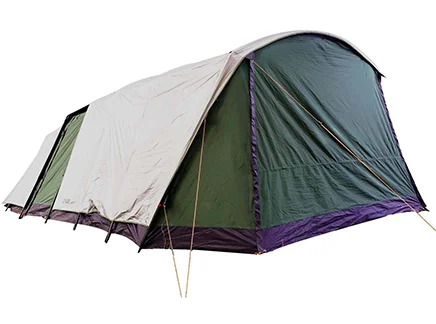
Camping and Outdoor Gear
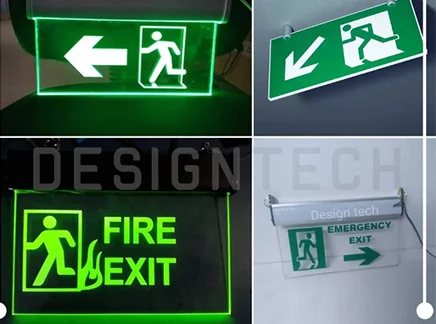
Signage and Displays
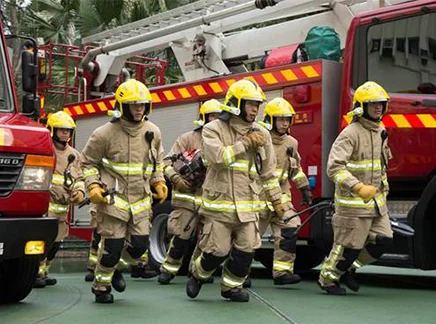
Emergency and First Responder Equipment
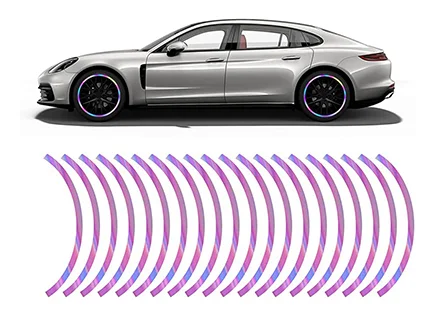
Automotive Accessories
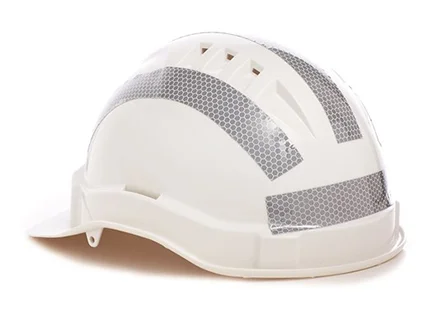
Personal Safety Products
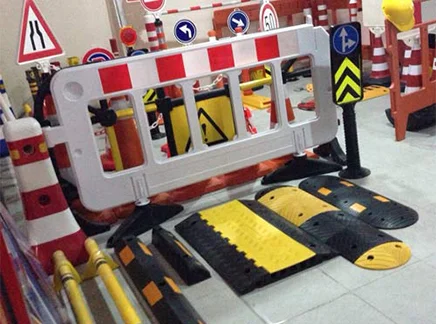
Construction and Industrial Applications
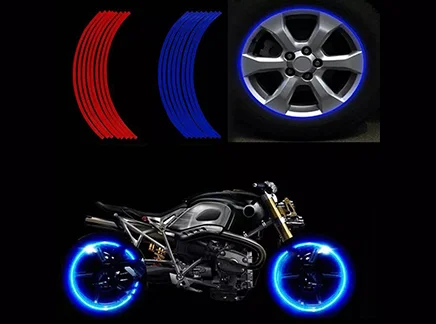
Bicycle and Motorcycle Accessories
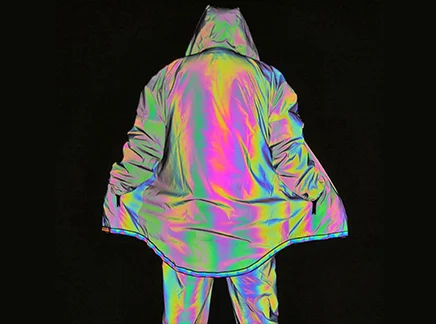
Fashion and Design

Photography and Special Effects
Color
Gray, White
Composition
SiO2 - CaO -Na2O -TiO2 - BaO
Refractive index
>1.90Nd, >1.93Nd, >2.2Nd
Heat resistance
200-300 degrees Celsius
Feature
High-refraction glass beads, sensitive at the directly light exposure, stable chemical and physics,Inorganic Pigments.
Usage
Injection molding,Ink, Paint.(Powdered water oil universal)
Powder
Ink
Paint
Suitable for injection molding materials PP, PVC,ABS, PS, PU, TPU, TPR, EVA, PMMA, Silica gel, VinyI, etc.
Silk screen, pad printing, transfer printing, gravure printing, offset printing, roller coating, spraying, etc.
(paper\ cloth\ metalglass\ ceramic\ plastic, etc.).
Resin, paper, leather, wood, floor, wall, hardware, glass, ceramic, plastic, cloth, etc.
Attention
It is recommended to use a layer of silver-white substrate before use to make the product more effective Reflective powder is harmless to human body, comply with SGS, such as the European toys EN71 certification toys and food packaging safety standards. The product is not suitable for offset and gravure printing
Reflective powder, also known as refractive powder, reflective pigment, reflective material, and reflective glass bead, is produced from a type of glass bead powder material. It is divided into three types by the refractive index: ND21.90, ND21.93, and ND22.2. Specifications from 100 to 500 meshes are available. Silver and white colors are optional. The reflective brightness changes with the amount of reflective powder used.
Light irradiated on the microbead surface will focus on the special reflective layer at the center due to high refractivity. The reflective layer reflects the light back to the vicinity of the light source through the transparent microbeads. Therefore, bright reflected light can be seen at the light source. Through calculation by the complex optical formula, when the refractive index of microbeads is greater than 1.9, good retroreflective effects will be generated. Reflective powder is a core component in the production of new luminescent composite l materials such as reflective cloth, reflective leather, reflective film, and reflective coating. It has retroreflective effects and intense reflection effects.
Reflective powder is produced from glass-based powder. It is mainly composed of SiO2, CaO, Na2O, TiO2, and BaO
By reflection of light in different colors, reflective powder is divided into purple reflective powder, purple red reflective powder, blue reflective powder, green reflective powder, white transparent reflective powder, yellow reflective powder, orange yellow reflective powder, rosy reflective powder, orange reflective powder, silver gray reflective powder, silver white reflective powder, and golden reflective powder.
It is divided into dedicated reflective powder by the medium used: oil-based reflective powder, waterproof reflective powder, printing reflective powder, silk screen reflective powder, spray reflective powder, stamping reflective powder, ink glass bead, and coating reflective powder.
Yes, but some precautions need to be taken. Reflective powder should be used when acrylic pigments are about to get dry. They must not be mixed with each other. In addition, reflective powder can be added into paints. Paints with reflective powder has good reflective effects.
Reflective powder can be directly added into coatings or resins to achieve retroreflective effects. It can be applied on complex surfaces. It is a core raw material in production of new optical composite materials, such as reflective cloth, reflective films, reflective coatings, reflective signs, advertising materials, clothing materials, standard racetracks, shoes, hats, backpacks, and water, land, and air rescue supplies.
Reflective powder has strong weather resistance. It has intense reflective effects in the external light and suitable for outdoor engineering construction, road maintenance, safety warnings, traffic clearance, and so on. Red reflective powder is applied in crash bars, height limit bars and directional signs that are often seen in daily life. It features the bright and eye-catching color as well as good reflective performance and warning effect. Bright red reflective powder plays an important role in traffic safety.
Generally, the service life of reflective materials is 3-5 years. Take reflective cloth as an example. After 25 washes for 70min in water of 60℃, the reflective brightness is largely above 100. Certainly, the service life of reflective materials varies depending on the quality.
Water-based silk screen printing
Reflective powder can be directly added into reflective paste and transparent paste. It can be mixed for stamping and printing.
Oil-based screen printing
1: Reflective powder can be directly added into varnishes. It can be mixed for stamping and printing.
2: It can be directly added into inks to produce reflective ink. It can be easily screen printed or brushed onto fabrics or other items.
3: First, apply one layer of stamping primer. Then, apply one layer of reflective paste, followed by drying and curing.
Depending on the dosage, weigh reflective powder and add it into cyclohexanone to prepare the paste. Then, mix it with transparent stamping paste. In the printing process, the adhesive layer should be 30-50 microns in thickness, so that reflective powder is semi-exposed on the surface to produce a reflective effect. Or, the particle size may be selected based on applications to achieve various reflective effects. Unequal particle sizes will lead to better reflective effects.
Spraying
Reflective powder has the advantages of light weight, no toxicity, no flammability, stable performance and low thermal conductivity. It does not contain radioactive elements. It can be recycled in an unlimited manner. It is a kind of environmentally friendly material.
Reflective powder can be widely used in coatings, plastics, rubber, ink, paper, textiles, cosmetics, ornaments, handicrafts, leather, enamel, ceramics, packaging products, printing and decoration, and building materials. However, it must not be used in food.
Reflective powder can be used with transparent dyes or pigment to achieve unique and attractive color effects. If it is used with opaque pigments, the pearl luster will decline. Considering complementary colors, reflective powder must not be used with iridescence series products.
Storage conditions for reflective powder: cool, moisture-proof, ventilated, dry, sealed.
What heat reflective paint refers to, and how does it function? Often named as thermal reflective paint, hear reflective paint is a kind of coating
Printing reflective powder is dedicated for surface reflection of printed products. It is often applied on glow-in-the-dark prints, outdoor supplies, toys, crafts, etc. How to select and use
What is reflective paint? Reflective paint is made by mixing directional reflective materials in a solvent. Acrylic resin is the base material. Reflective paint is
We are Ready to Support Your reflective powders Projects
Kingchroma industrial park, Minqing Raod, Longhua Street, Longhua District, Shenzhen City, Guangdong Province, China